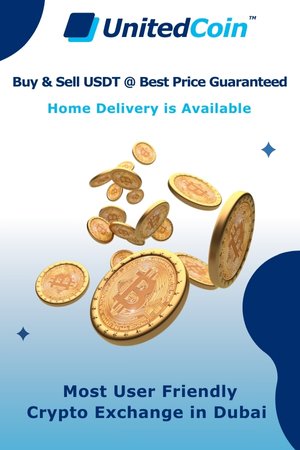The Open Network (TON), envisioned as a revolutionary decentralized platform, has captured the imagination of tech enthusiasts, developers, and investors worldwide. Spearheaded by Telegram founder Pavel Durov, TON promises to redefine the landscape of digital communication, payments, and decentralized applications (dApps). In this comprehensive guide, we delve into the intricacies of TON, exploring its architecture, features, potential applications, and implications for the future of the internet.
Understanding the Open Network TON
Origins and Vision
The concept of TON emerged from the vision of creating a secure, scalable, and user-centric platform for decentralized communication and value transfer. Pavel Durov, known for his pioneering work in the messaging space with Telegram, conceptualized TON as a next-generation blockchain infrastructure capable of supporting millions of transactions per second while maintaining high levels of security and privacy.
Technical Architecture
At its core, TON is designed as a blockchain protocol with a multi-layered architecture, comprising various components:
- TON Blockchain: The backbone of the network, TON Blockchain utilizes a proof-of-stake (PoS) consensus mechanism known as the “Byzantine Fault Tolerant” (BFT) protocol to achieve consensus among network validators (or “validators”). This consensus mechanism enables rapid transaction processing and ensures the integrity of the blockchain ledger.
- TON Virtual Machine (TVM): TON VM serves as the execution environment for smart contracts and decentralized applications (dApps) deployed on the TON Blockchain. It provides a secure and efficient runtime environment for executing code written in TON’s programming language, allowing developers to build a wide range of decentralized services and applications.
- TON Network Overlay: The TON Network Overlay facilitates communication between nodes and relays messages, transactions, and data across the network. It employs a distributed routing algorithm to optimize message delivery and ensure network resilience.
Exploring TON’s Key Features and Capabilities
Scalability and Throughput
One of TON’s defining features is its unparalleled scalability and throughput, capable of processing millions of transactions per second (TPS). This scalability is achieved through a combination of innovative technologies, including sharding, parallelization, and dynamic routing, enabling TON to support a diverse ecosystem of applications and services without compromising performance.
Security and Privacy
Security and privacy are paramount in the design of TON, with robust cryptographic mechanisms and privacy-enhancing features built into the protocol. TON employs advanced encryption techniques, zero-knowledge proofs, and decentralized identity solutions to safeguard user data and transactions, ensuring confidentiality and integrity across the network.
Developer-Friendly Infrastructure
TON offers a developer-friendly environment for building and deploying decentralized applications, with comprehensive tools, libraries, and documentation available to developers. The platform supports a wide range of programming languages and frameworks, making it accessible to developers with varying levels of expertise.
Potential Applications and Use Cases
Decentralized Messaging and Social Networking
TON’s secure and scalable infrastructure makes it ideal for decentralized messaging and social networking applications, offering users control over their data and communication channels. Platforms built on TON can provide censorship-resistant messaging, encrypted chat, and decentralized social media functionalities, empowering users to communicate freely and securely.
Financial Services and Payments
TON enables the creation of decentralized financial services and payment solutions, facilitating peer-to-peer transactions, remittances, and micropayments without intermediaries. Smart contracts deployed on TON can automate financial agreements, token issuance, and asset transfers, unlocking new possibilities for inclusive finance and economic empowerment.
Decentralized Governance and Voting
The transparent and immutable nature of TON’s blockchain makes it suitable for implementing decentralized governance mechanisms and voting systems. By leveraging smart contracts and token-based voting mechanisms, organizations, communities, and governments can conduct transparent, tamper-proof elections and decision-making processes on the TON platform.
The Future of Decentralized Communication with TON
As TON continues to evolve and gain traction, it has the potential to revolutionize the way we communicate, transact, and interact online. With its scalable infrastructure, robust security features, and developer-friendly ecosystem, TON lays the foundation for a more decentralized, inclusive, and resilient internet of the future.




